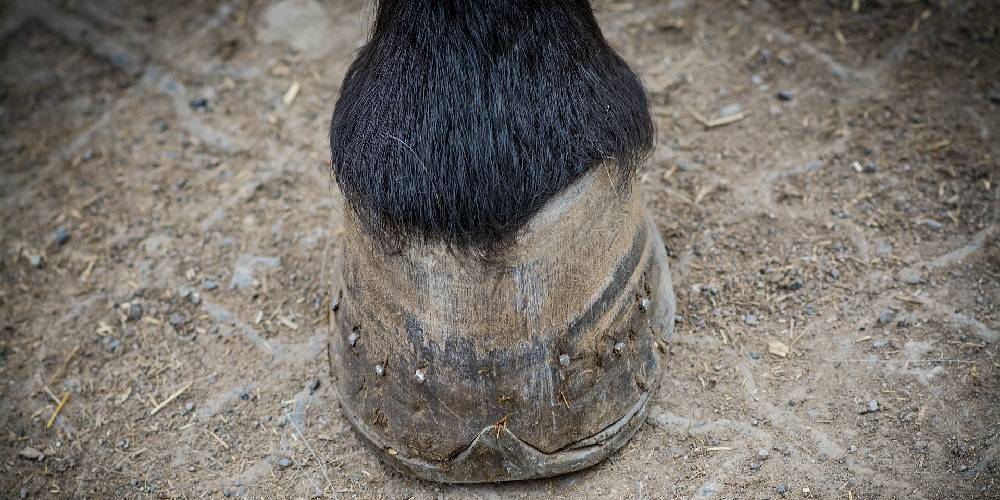Laminitis is a horrible foot issue seen in horses that can lead to horrible complications, lameness, and even bring the horse to a point where walking is impossible. This horrible issue is seen mainly in older horses, though many young horses are known to suffer from this as well.
What Is Laminitis?
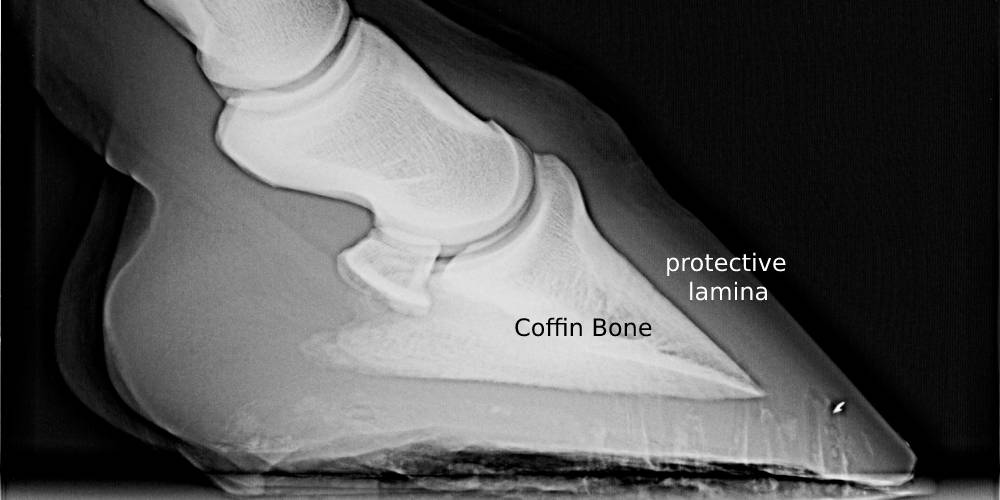
Laminitis is a painful condition seen in horses of all ages, sizes, and breeds. The word Laminitis means inflammation of the lamina. In the horse’s hoof, there is a protective lamina that falls in front of the horse’s coffin bone in its foot. When this lamina gets inflamed or swollen, it pushes the coffin bone down so the pointed tip of the bone is aimed down towards the bottom of the hoof. In extreme cases, the bone will begin to protrude from the sole of the hoof. This is an extremely painful condition that usually results in the euthanization of horses who have it. This horrible foot condition has been known to take even the best and most well cared for horses known including the famous racehorse Secretariat and the famous racehorse Barbaro.
Is Laminitis Treatable?
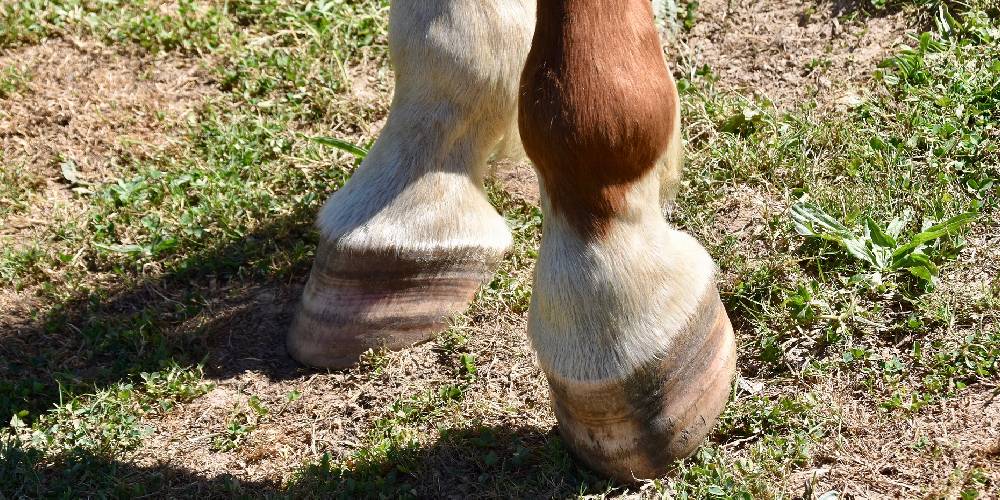
Laminitis, once it gets to a certain point, really can’t be brought back to normal. Once the coffin bone has rotated, it is nearly impossible to get it to rotate back into its original position. There are many things you can do to help stop the rotation of the coffin bone and make the horse as comfortable as possible, but there is no known true cure to laminitis. The treatments you can do to help make your laminitic horse comfortable include:
Housing Your Horse On Sand
Sand is a great thing to house your horse on because of the great support and cushion it offers the horse’s legs and feet. Using thick bedding of sand is a common thing seen in the stalls of laminitic horses. This is to help support and cushion their feet comfortably so it isn’t as painful to move around.
Lessening Sugar Intake
Excessive amounts of sugar in a horse’s diet is known to be linked to laminitis. The less sugar in a horse’s diet, the less inflammation overall so minimizing sugar intake helps to keep the horse’s condition stable and lessens or slows the rotation of the coffin bone.
Pain Medications
Pain medications are a routine thing administered to horses suffering from laminitis. The reason for this is the fact that the horse’s condition is extremely painful and uncomfortable so medicines and pain killers like NSAIDs are needed to help keep the horse happy and comfortable.
What Is The Average Age For A Horse To Get Laminitis?
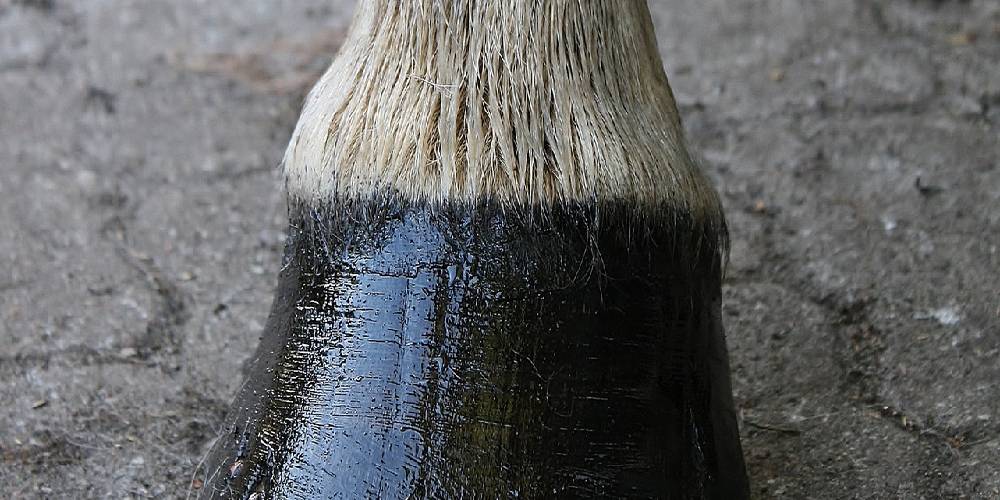
Horses can get laminitis at any age and at any stage in their lives. Sometimes young horses can get it after a traumatic event or a middle aged horse can get it when pregnant, but the most common age for a horse to become laminitic is between the ages of 20 and 30 years old.
Can Laminitis Be Prevented?
Laminits can be prevented through:
- Managing your horse’s diet
- Introducing new foods slowly
- Not overfeeding
- Keeping your horse active and healthy
- Monitoring the horse’s sugar intake
Is Laminitis Genetic?
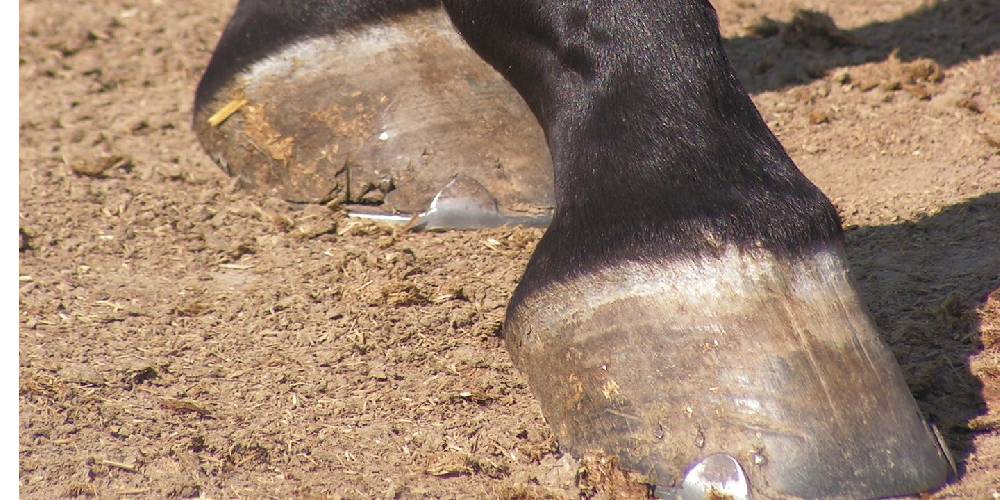
I have been asked if laminitis is genetic before and I honestly wasn’t certain until I researched this condition further. It turns out that no, laminitis is NOT genetic, but the different physical things that can cause it are genetic.
The genetic causes of laminitis are:
- Poor conformation
- Glucose Intolerance
- Tendency towards obesity
- Poor hoof conformation
- Lazy personalities
What Are Common Causes For Laminitis?
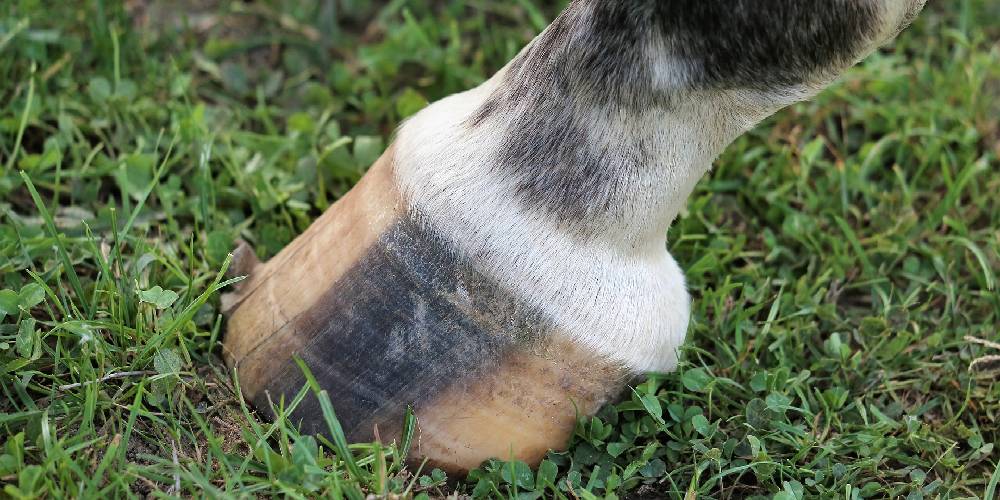
The few things I mentioned before are just a few causes for this horrible condition. There are other things too that cause laminitis. This is what and how these things can cause this foot issue.
Poor Conformation
Poor conformation can, overtime, cause health issues for horses. One of the most severe things that poor conformation can cause is laminitis. One way that this can occur is if a horse’s hindquarters and croup raise higher than the horse’s withers. This causes too much pressure and power being driven into the front end, therefore causing excessive amounts of stress on the front legs. This continuous over-stressing of the front limbs can eventually cause them to deteriorate and the strain become too much. At an old age with a lifetime of stress and strain, the lamina can swell and laminitis can start.
Another way that laminitis can be caused by poor conformation is if a horse has a very straight, vertical shoulder. This is because they aren’t able to extend their legs and gaits very easily making their weight constantly fall down hard on their front legs. This constant pressure and stress can cause laminitis over time as well.
Glucose Intolerance
A horse who is born with glucose intolerance or a type of diabetes can suffer from laminitis much easier than a horse without this intolerance or dietary issue. This is because a horse with this issue has a lower tolerance for sugar in their diet making inflammation and weight gain a really big problem for them. This is why these horses need to be kept on a nearly sugar-free or limited sugar diet so laminitis and other issues don’t occur as a result of their pre-existing dietary issue.
Tendency Towards Obesity
Some horse and pony breeds tend to have more obesity issues than other breeds. This is especially seen in pony breeds and draft breeds. The heavier a horse is, the more strain falls on their feet which can also cause inflammation of the lamina in the foot. Horses are extremely fragile animals so having a horse that is really overweight and heavy can cause permanent or unfixable damage to their feet and legs. One of these issues is laminitis which can be caused by obesity.
Poor Hoof Conformation
A weak or poorly-made hoof is a serious issue, especially when it comes to the potential risk of laminitis. Weak hooves or poorly shaped and positioned hooves are prone to laminitis just from carrying the horse through the horse’s life.
Lazy Personality
Lazy horses are much more likely to become fat and overweight because they are difficult to get moving, slower, and don’t give their jobs as much effort as driven or excitable horses do. This can lead to obesity which in turn can cause laminitis.
Overeating
Feeding a horse too much food can cause obesity, especially if a horse is glucose intolerant or lazy. This obesity in turn can create strain on the horse’s hooves and then cause laminitis.
Eating Rich Or Sugar-High Foods
Eating these rich and sugar high foods can cause the lamina to inflame if sugar is a frequent part of the horse’s daily diet.
Traumatic Injuries
The famous racehorse Barbaro died due to lamanitis after suffering from a traumatic injury. He broke one of his legs racing and during his recovery, got laminitis in his other legs because of the excessive amount of strain and weight put on them due to the loss of support from one of the legs.
Pregnancy
One of the horses at the barn that I ride at just gave birth to a beautiful colt. Sadly, all throughout her pregnancy she suffered from something known as gestational laminitis which is laminitis that only appears in select few horses when they are pregnant. This is due to the increase in hormone fluctuation that a pregnant mare will go through when carrying a foal.
Can Laminitic Horses Be Ridden?

Usually, laminitic horses have a hard enough time getting around on their own that carrying a rider would be out of the question. Some horses who only have periodic laminitis issues can be ridden lightly, but this too is uncommon and not recommended.

